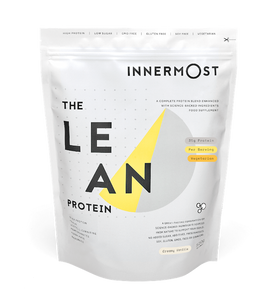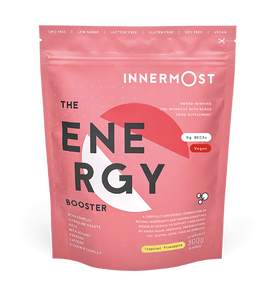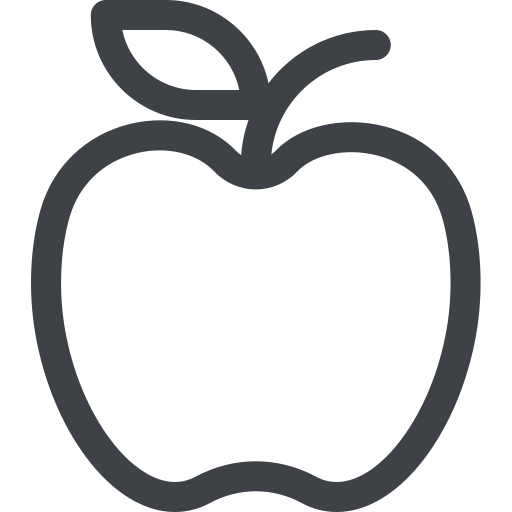HIIT workouts are extremely popular for their high intensity, flexible and quick nature, which makes the technique perfect for a lunch break, quick post-work routine or something to get you up and ready in the morning or workout at home.
For those of us that incorporate exercise into our daily lives, sometimes, it can get a bit monotonous. And for those of us that don't particularly enjoy exercise, one of the best ways to up your interest and get started is through an engaging and exciting workout.
This is where boxing comes in.
For a complete mind and body workout, look no further. Boxing has become the new fashionable workout, with people swearing by boxing workout fat-burning sessions.
Not only is it a strength and cardio workout all in one, it’s one of the best ways to unleash your inner badass. Alireza Ghadiri, a.k.a Razor Ali, is a professional featherweight boxer born and raised in Iran but now boxing professionally out of London.
Our guy hit us up with an intense boxing drills workout to help you get into fighting shape too.
Let's get going - stick a killer playlist on. And don't worry if you're a newbie - this is a great way to try out a boxing workout for beginners, and you can switch it up between our two options to suit you, too.
There are two ways you can complete this boxing workout routine:
Option 1
Complete it in rounds, performing each set for 30s, resting for 10-30s and moving on to the next set. Do this four to five times.
- Beginner: 30s on / 30s rest
- Intermediate: 30s on / 20s rest
- Advanced: 30s on / 10s rest
Option 2
Perform all 4 sets continuously, with 15 reps of each set, then resting for 60 seconds at the end of the circuit. Do this four times.
Before you throw a punch, make sure you’ve got your fighting stance nailed. If you’re right-handed, your left shoulder should always be facing the “opponent” and vice versa. Stand with your feet just shoulder-width apart and bend your legs at the knee a little.
Warm Up: Start with 15 star jumps, 30s high knees, 15 arm circles. Repeat these exercises twice.
Exercise 1: LRLR Straight, L Hook, R Cross

Bring your fists up in front of your face and hit forward: left, right, left, right. Bring your right arm back and go in with a right hook, and then, pretending like you’re hitting the left of the punching bag with your right hand, punch with a right cross.
Exercise 2: LR Straight, Duck, R Straight, L Hook, R Cross

Bring your hands back to your chest. Now hit left, right straight, duck from your imaginary opponent, another right straight and then go into a left hook, finishing off with a right cross again.
Exercise 3: Skip 5s left leg, 5s right leg, 5s fast

Ramp up the fat-burning and grab a skipping rope, skipping 5 seconds on your left leg only then 5 seconds on your right. Then, quick into 5 seconds as fast as you can go. Get sweaty!
Exercise 4: Ab Crunches 3x left arm to right leg, 3x right arm to left leg, 3x both arms both legs

Get ready to feel the burn...it’s crunch time. Jump down onto the floor and lay flat on your back.
Touch your right arm to your left foot 3 times and repeat with your left arm and right foot. Bring your knees up and go straight into 3 crunches, then extend your feet to the ceiling and reach out to touch your toes 3 times again.
Summary
If the idea of starting boxing is something that has scared you, use this as a guide to ease you in. Boxing is hugely popular for it's range of benefits, from self defence and weight loss, to the social benefits of the sport as well. Boxing gyms up and down the country are a great way to join a supportive workout community. So what are you waiting for?
Whether you're engaging in this workout at home or getting yourself down to the gym, this boxing HIIT workout is a new and exciting way to get yourself moving.



















